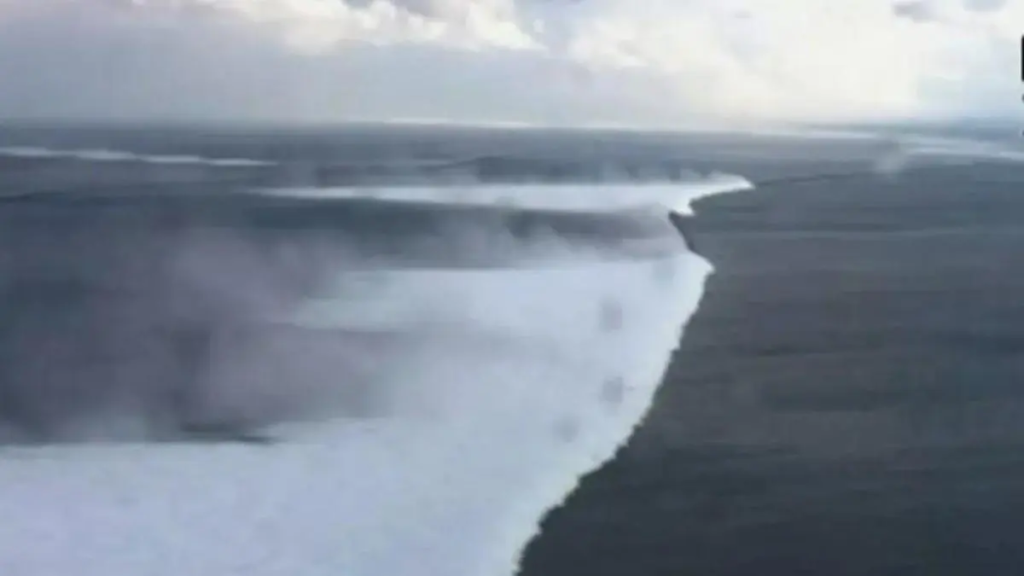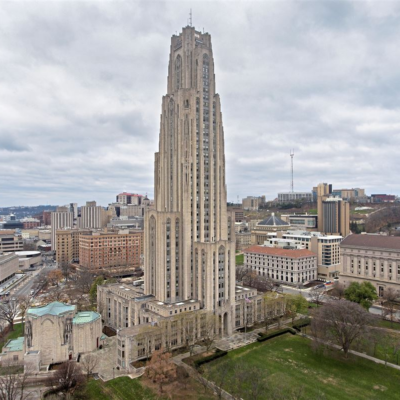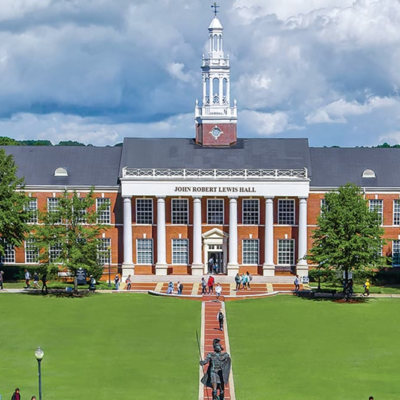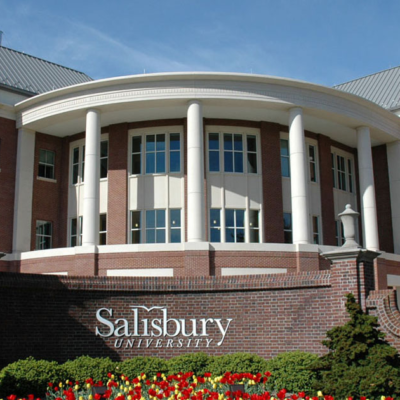A powerful undersea earthquake has triggered a tsunami warning across the Pacific region, with tidal waves already striking parts of Japan’s coastline. The earthquake, which struck off the eastern coast of Japan, measured a magnitude of 8.2 according to early estimates and occurred around 10:42 AM local time. The event has led to immediate evacuations in Japan and tsunami alerts being issued across Pacific coastlines, including the western United States, Hawaii, and other Pacific islands.
Authorities in Japan confirmed that waves as high as 2 meters (6.5 feet) have already hit several coastal towns in the Fukushima and Miyagi prefectures, areas still emotionally scarred from the 2011 disaster. No immediate reports of major injuries or fatalities have been confirmed, but officials have warned that the danger is far from over.
Earthquake Epicenter and Immediate Impact
The Japan Meteorological Agency (JMA) reported that the epicenter was located about 120 kilometers east of Sendai, beneath the Pacific Ocean at a depth of approximately 25 kilometers. The powerful quake shook buildings as far away as Tokyo, with residents describing violent tremors lasting more than a minute.
The seismic event was followed by at least four aftershocks, with magnitudes ranging between 5.0 and 6.3, within the first two hours. Authorities quickly issued tsunami warnings and began emergency broadcasts urging people in coastal areas to seek higher ground.
Train services were suspended across northeastern Japan, airports were put on high alert, and power was cut in some regions as a precaution. Emergency shelters have opened, and over 100,000 residents have already evacuated from low-lying areas.
Tsunami Strikes Japan’s Coast
Tsunami waves began hitting Japan’s northeastern coast approximately 45 minutes after the quake. In the town of Ishinomaki, surveillance cameras showed fast-moving waves rushing inland, submerging piers and flooding low-lying roads. Fishermen and dock workers abandoned their posts as sirens wailed across the region.
The JMA confirmed that the first waves measured between 1.5 and 2 meters in height. While these are not as large as the waves during the 2011 disaster, authorities warned that tsunami activity often occurs in multiple surges, with the second or third waves sometimes stronger than the first.
The tsunami alert level remains high for coastal areas including Fukushima, Miyagi, Iwate, and Ibaraki. Officials are monitoring tide gauges and coastal radar systems to assess the full scope of the incoming waves.
US West Coast and Pacific on Alert
Following the Japanese earthquake, tsunami alerts were quickly issued by the Pacific Tsunami Warning Center (PTWC) for a wide range of locations, including the U.S. West Coast, Alaska, Hawaii, and territories like Guam and American Samoa.
In the United States, the National Weather Service has placed parts of California, Oregon, and Washington under tsunami advisory status. Residents in coastal areas have been told to avoid beaches, harbors, and marinas, as waves and strong currents may arrive hours after the initial earthquake.
Although the waves are expected to be much smaller in the United States less than a meter they can still pose significant dangers to swimmers, boaters, and shoreline infrastructure. Emergency management officials in California’s Humboldt and Mendocino counties have already activated evacuation protocols in at-risk zones.
Hawaii is currently under a tsunami watch, and authorities are evaluating the potential arrival time and size of waves. Public sirens have not yet been sounded, but updates are expected as the situation unfolds.

Live Updates and Ongoing Monitoring
The situation remains fluid, and authorities across the Pacific Rim are urging caution and preparedness. Live updates are being broadcast across news networks and official emergency channels. Here are the key ongoing developments:
- Japan has confirmed wave activity in at least five prefectures, with no deaths reported yet.
- Multiple Japanese nuclear plants, including the Fukushima Daiichi facility, are under close surveillance but have not reported any damage.
- The U.S. Coast Guard has moved vessels away from port areas in California and Hawaii as a precaution.
- Flights at Sendai Airport in Japan have been suspended, and passengers evacuated due to flooding on runways.
- Social media videos from Japan show coastal water surges overtaking breakwaters and flooding streets.
Officials warn that more aftershocks and additional tsunami waves are possible throughout the day and evening. The PTWC advises that even if initial waves appear small, dangerous currents and surges may continue for hours.
Government and Global Response
Japanese Prime Minister Fumio Kishida held an emergency meeting in Tokyo and announced that response teams, including the Self-Defense Forces and national disaster units, have been deployed to affected regions.
The U.S. Federal Emergency Management Agency (FEMA) is closely monitoring the situation and is prepared to coordinate with local governments should the tsunami pose a larger threat to American coastlines.
Neighboring countries including South Korea, the Philippines, and Taiwan have also issued sea-level warnings and instructed coastal residents to remain alert.
Memories of 2011 Trigger Concern
Today’s earthquake and tsunami warnings have revived painful memories of the 2011 Great East Japan Earthquake and tsunami, which killed nearly 20,000 people and caused a nuclear meltdown at the Fukushima plant.
Though today’s event is not of the same scale, the tremors and rising sea levels have brought emotional stress to many Japanese citizens, particularly in the Tōhoku region.
Mental health and disaster response centers in Japan have activated emergency support lines, offering counseling and assistance to residents reliving trauma from previous disasters.
Public Safety Advice: What Residents Should Do
For those living in affected or at-risk areas, officials have issued the following safety advice:
- Move to higher ground immediately if you are in a tsunami warning zone.
- Do not return to coastal areas until authorities declare them safe.
- Avoid bridges, harbors, and marinas.
- Stay tuned to emergency alerts, TV broadcasts, or mobile apps for real-time instructions.
- If driving, leave your vehicle and walk uphill or inland.
Tsunamis are unpredictable, and even small waves can cause serious injuries, damage, or drownings. Local emergency services across the Pacific urge people not to underestimate the risks.
Conclusion
As tidal waves strike Japan and tsunami alerts spread across the Pacific, emergency officials, governments, and citizens are working quickly to minimize loss and ensure safety. While the full impact of this natural disaster is still unfolding, early action and accurate warnings have given many people critical time to evacuate and prepare.
This ongoing story is a stark reminder of the power of nature and the importance of staying informed, calm, and ready in the face of sudden disaster. Updates will continue as more information becomes available.
Read more – US EU Trade Deal Reached: A New Era of Economic Ties






